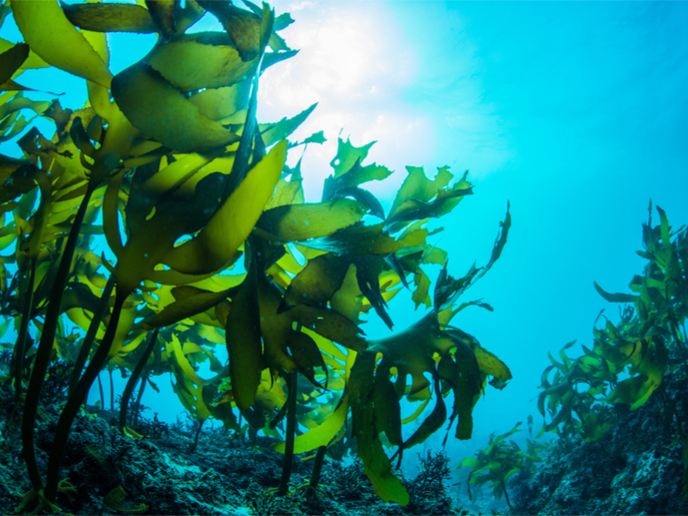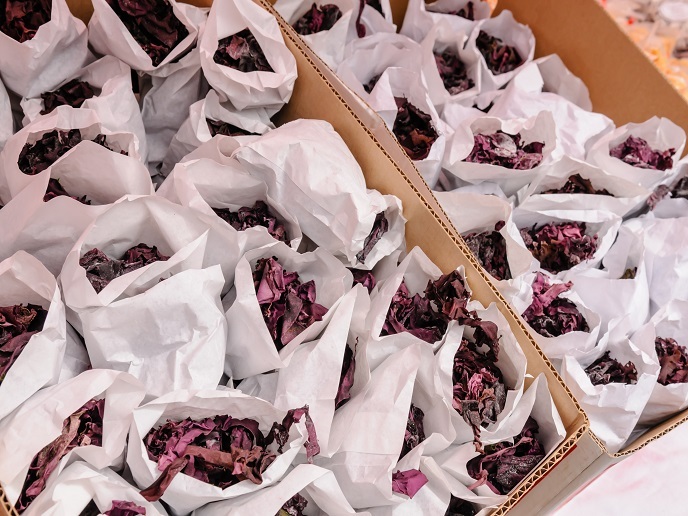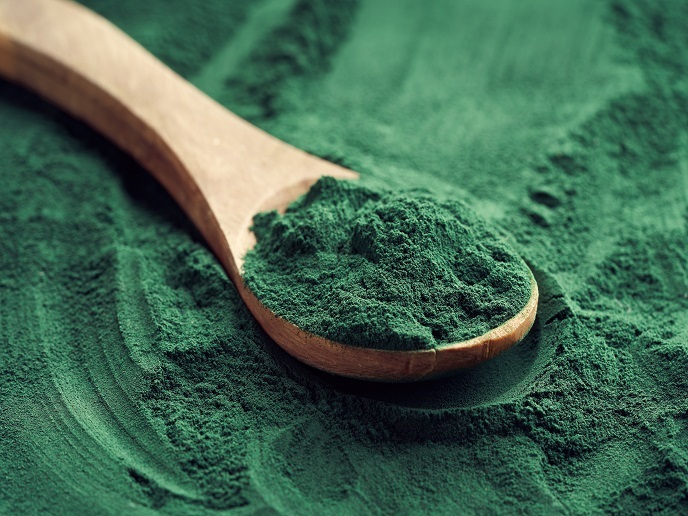Seaweed safety put to the test
Seaweed contains high amounts of arsenic in different chemical forms, which can be toxic to humans and animals, causing various health problems including cancer. Although arsenic is mainly toxic in its inorganic form, little is known about the safety of arsenic encountered in organic compounds such as arsenosugars, and especially arsenolipids found in seaweed. It is of paramount importance to evaluate the toxicity of seaweed arsenic compounds. Measuring arsenic in seaweed To contribute to consumer safety, under the Marie Skłodowska-Curie fellowship, scientists of the EU-funded SilhouetteOfSeaweed initiative had to overcome existing limitations associated with the measurement of arsenic compounds. For this purpose, the non-profit, independent research company Matís collaborated with a European partner organisation with expertise in the measurement of arsenolipids. “Our main goal was to provide key reference data that are essential for risk assessment of algae used for human consumption and identify the best season for harvesting seaweed where the amount of toxic arsenic is at its lowest,″ explains project coordinator Dr Gunnlaugsdóttir. It is unclear where and how arsenosugars and arsenolipids are produced, but most likely this happens within the seaweed. After establishing the necessary facilities at Matís, researchers analysed the arsenolipid, arsenosugar and total arsenic chemical profile of four different species of edible brown algae using arsenic speciation, an analytical technique that can distinguish between the different arsenic species. In addition, they analysed the arsenic species in different sections of the seaweed, for example the holdfast, stipe, young frond, old frond and reproduction system. “The idea was to identify potential environmental conditions that affect arsenic content in seaweed and increase understanding on where the different arsenic species are formed in the seaweed,″ continues Dr Gunnlaugsdóttir. Results showed that arsenolipids accounted for 2-16 % of the total arsenic in seaweed, while the toxic inorganic form of arsenic accounted for less than 1 % in the seaweed species investigated. This finding suggested that arsenolipids may be a significant contributor to seaweed toxicity. Arsenic and arsenosugar composition were found to be species specific, suggesting that certain seaweed species are more suitable for human consumption. Interestingly, when scientists associated the seaweed arsenic content with environmental conditions, they discovered that total and inorganic arsenic were the lowest during the summer months. The total content of arsenolipids also indicated it was higher in winter/spring than summer/autumn. Since the ideal harvest time of these seaweeds is often in spring or early summer, the findings underline the importance of more research on the toxicity and effect arsenolipids may have on human health. Researchers hope that this observation will improve our understanding of how and where arsenolipids are formed. Improving food safety and public health The need for estimating arsenic composition in different foods was underlined by the European Food Safety Authority (EFSA) article 'Scientific Opinion on Arsenic in Food' (2009). The results of the SilhouetteOfSeaweed project provide unprecedented knowledge on the amount and distribution of arsenolipids in seaweed and are central for the risk assessment of algae. Considering the potential of seaweed as a sustainable source of raw materials in the food industry, it is important to underpin the safety requirements for the marketing of seaweed-based food products in Europe. Dr Gunnlaugsdóttir is confident that SilhouetteOfSeaweed project findings can serve as the foundation for future legislation on toxic arsenic species, ensuring product safety and public health along with food security.
Keywords
SilhouetteOfSeaweed, seaweed, arsenic, arsenolipids, safety, algae, arsenosugar, speciation







